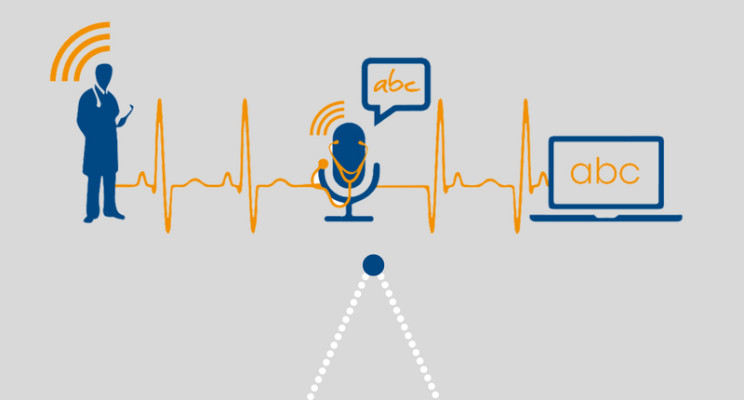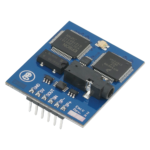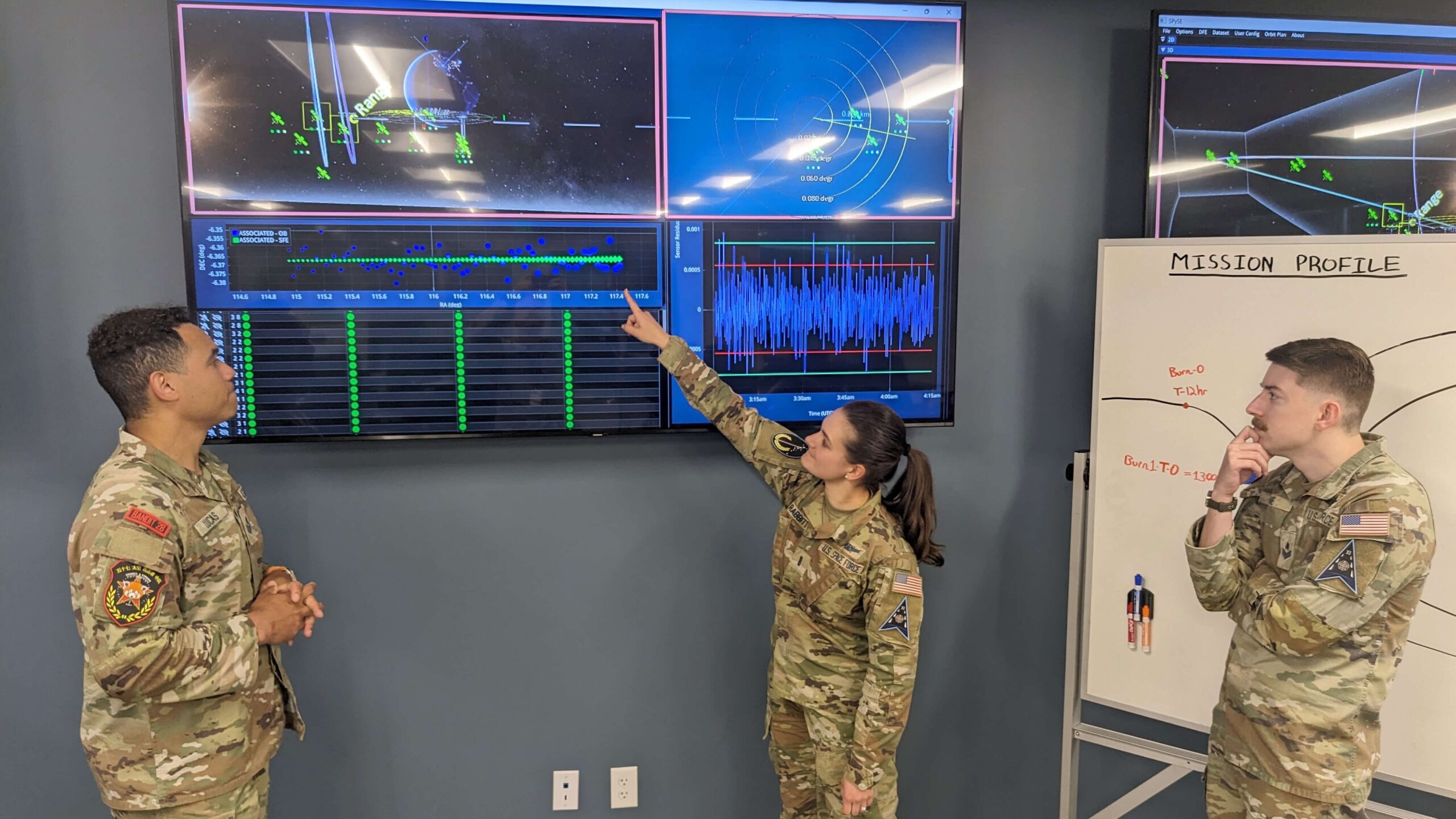Do you ever stop to think about how much we rely on our voices for everyday tasks? From talking to loved ones on the phone, sending voice messages, and even using virtual assistants like Siri or Alexa, our ability to communicate through speech is a vital part of our daily lives. But have you ever wondered about the technology behind this seemingly effortless act?
Today, I want to introduce you to the world of speech recognition and synthesis. These incredible advancements in technology are not only changing the way we communicate but also revolutionizing industries such as healthcare, education, and business. As someone who has been studying and researching this field for years now, I am excited to share with you all that I have learned.
In this article, we will explore what speech recognition and synthesis really mean, their history and development over time, as well as their current uses in various industries. By understanding these powerful tools better, I hope to inspire you with the endless possibilities they hold for enhancing communication in our world today. So let’s dive into this fascinating world of words together!
So, speech recognition and speech synthesis?
Speech recognition and speech synthesis technology has greatly advanced in recent years, changing the way we interact with our devices and opening up new possibilities for communication. With just a few spoken words, we can now control our smartphones, smart home devices, and even our cars.
The power of speech recognition lies in its ability to accurately understand human language. It uses algorithms and machine learning to analyze audio input and convert it into text. This allows us to speak naturally and have our words translated into commands that our devices can understand.
On the other hand, speech synthesis technology takes written text or data and converts it into spoken words. This is what enables virtual assistants like Siri or Alexa to respond verbally to our requests. Speech synthesis has come a long way from robotic-sounding voices; now, there are highly realistic options available that mimic human intonation and inflection.
Together, these technologies have revolutionized how we communicate with machines. They have made tasks easier for people with disabilities who may struggle with traditional methods of interaction such as typing on a keyboard. They also offer convenience for busy individuals who can simply dictate their messages or requests hands-free while multitasking.
In addition, speech recognition and synthesis have opened up new opportunities for businesses by allowing them to create more personalized interactions with customers through voice-based interfaces. For example, customer service chatbots equipped with these technologies can provide quick responses tailored to each individual’s needs.
While there are still some limitations in accuracy when it comes to understanding accents or complex sentences, the advancements in this field are constantly improving. As more companies invest in research and development of these technologies, we can expect even greater strides towards seamless human-machine communication.
Overall, the power of speech recognition and synthesis is transforming how we interact with technology on a daily basis. It has made tasks more efficient while also providing accessibility for those who may face challenges using traditional methods of communication. As this technology continues to evolve at an astonishing pace, the possibilities for its application are endless.
Understanding Speech Recognition and Speech Synthesis: What Are They?
Speech recognition and speech synthesis are fascinating technologies that transform the way we interact with machines. Speech recognition allows computers to understand spoken language by converting audio into text. Imagine talking to your phone, asking it a question, or instructing it to send a message; this magic happens thanks to advanced algorithms that analyze sound waves and interpret them as words. The system breaks down your voice into tiny pieces, examining tone, pitch, and rhythm. It’s like having a conversation with someone who listens closely and responds accurately!
On the other hand, speech synthesis is about making machines talk back to us in a natural-sounding way. This technology takes text input—like written emails or notifications—and converts it into spoken words using computer-generated voices. These voices can vary in tone and emotion, making conversations feel more personal and engaging. Some key applications of these technologies include:
- Virtual assistants like Siri or Alexa
- Accessibility tools for those with disabilities
- Language translation services
Together, speech recognition and synthesis create an interactive experience that bridges the gap between humans and technology!

The Historical Development of Speech Recognition and Synthesis Technology
Speech recognition and synthesis technology has come a long way since its early beginnings. In the 1950s, researchers started experimenting with machines that could understand human speech. The first significant breakthrough came in the form of Audrey, a system developed by Bell Labs that recognized digits spoken aloud. Although Audrey was limited to just single-digit numbers, it sparked interest and paved the way for more advanced technologies. Throughout the decades, scientists worked tirelessly on refining algorithms and improving hardware capabilities, which eventually led to more sophisticated systems in the 1980s and 1990s.
As computing power grew immensely with time, so did our ability to recognize complex sentences and synthesize natural-sounding voices. By incorporating artificial intelligence techniques such as neural networks in the late 20th century, developers made strides toward creating systems that could not only recognize speech but also mimic human intonation and emotion. Today’s voice assistants like Siri or Alexa exemplify this evolution; they can understand context and respond intelligently. This transformation reflects an ongoing journey of innovation driven by our desire for seamless interaction between humans and machines—bridging communication gaps while enhancing accessibility for everyone across diverse backgrounds.
Moreover, as we look towards future advancements, one can only imagine how these technologies will continue to evolve—opening doors to new possibilities where speaking with devices becomes as second nature as conversing with friends.
Read also: android text to speech engine
Current Applications of Speech Recognition and Synthesis in Different Industries
Speech recognition and synthesis technologies have become integral tools across various industries, transforming how we interact with machines. In healthcare, for example, doctors use voice-to-text software to document patient notes efficiently. This not only saves time but also reduces the risk of errors in transcription. Imagine a busy clinic where physicians can simply speak their observations, and the system instantly records everything accurately—this allows them to focus more on their patients rather than paperwork. Additionally, telemedicine is leveraging these technologies; patients can consult with doctors via video calls that utilize real-time captioning or translation services, breaking down language barriers and enhancing communication.
In customer service sectors, companies harness speech synthesis to create interactive voice response (IVR) systems that help users navigate menus or get information without needing human agents. These systems often feature natural-sounding voices that make interactions feel less mechanical and more personable. For instance, call centers implement these solutions to handle high volumes of inquiries swiftly while maintaining a level of warmth in conversations that keeps customers engaged.
Moreover, the entertainment industry employs speech recognition for video games and virtual reality experiences where user commands are executed through spoken words. This innovation not only enriches gameplay but also creates immersive environments where players feel directly connected to the action unfolding around them.
Future Prospects: How Will Speech Recognition and Synthesis Shape Our World in the Future?
As we look ahead, the landscape of speech recognition and synthesis holds exciting possibilities. Imagine a world where our devices not only understand us but can also predict our needs. With advancements in artificial intelligence, future technologies may allow for seamless interactions between humans and machines. For instance, smart assistants could anticipate your morning routine—playing your favorite music or adjusting the thermostat based on previous habits. This level of interaction would transform how we communicate with technology, making it feel more like a conversation with a helpful friend rather than just typed commands.
Moreover, think about the potential impact on education and accessibility. Speech synthesis tools can help students learn languages by providing real-time pronunciation feedback or assist those with disabilities by converting text to speech seamlessly. In hospitals, doctors could use advanced voice recognition systems to update patient records while maintaining eye contact during consultations—leading to better patient care through improved communication.
The ability to automatically translate spoken languages will break down barriers around the globe, fostering understanding across cultures. These innovations herald an era where technology becomes an integral part of daily life, enhancing not just productivity but enriching human connection itself.



